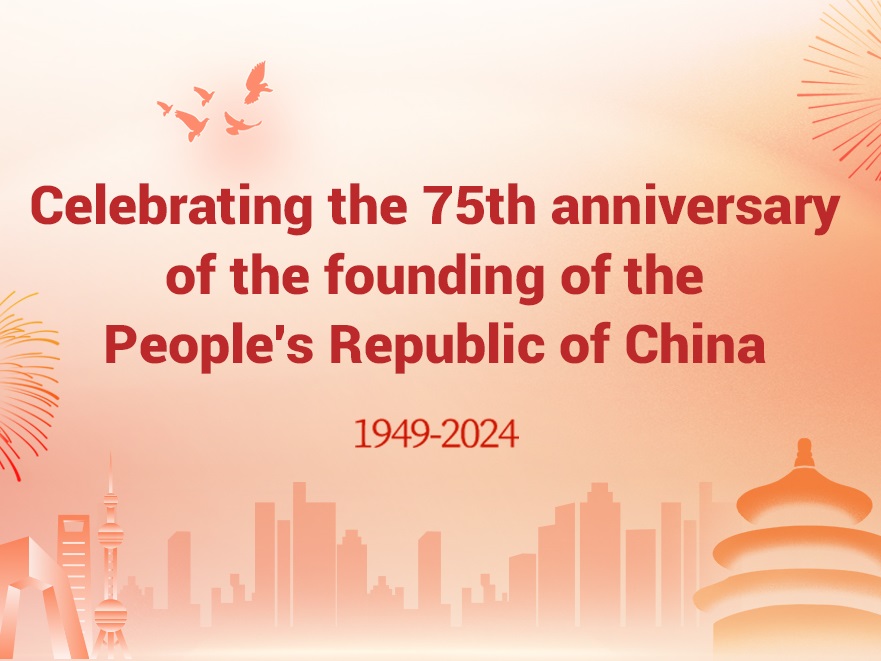The Republic of the Union of Myanmar
Area: 676,578 square kilometers
Population: 53.9 million
Capital: Nay Pyi Taw
Administrative divisions:
Myanmar is divided into seven states, seven regions, and a federal district. Regions are predominantly Bamar. States, in essence, the regions are home to particular ethnic minorities.
Overview:
Located in the western part of Indochina Peninsula, Myanmar has a coastline of 3,200 kilometers. To its northeast is China, to its northwest are India and Bangladesh, to its southeast are Laos and Thailand and to its southwest are the Bay of Bengal and Andaman Sea.
Resources:
Mineral resources in Myanmar include tin, tungsten, zinc, aluminum, antimony, manganese, gold, and silver. The country produces precious stones such as rubies and jade. It also has large oil and natural gas reserves.
Industry:
Major industries include oil and gas mining, small-scale mechanical manufacturing, textiles, printing and dyeing, rice milling, wood processing, sugar making, paper making, fertilizer and pharmaceuticals, etc.
Agriculture, forestry and fishery industry:
Agriculture is the foundation of Myanmar's economy, with a cultivated land of 18 million hectares. The main crops are rice, wheat, corn, peanuts, sesame, cotton, beans, sugar cane, oil palm, tobacco and jute.
Tourism:
The most popular available tourist destinations in Myanmar include Shwedagon Pagoda, Mandalay, Pagan, and Ngapali Beach.
Foreign trade:
From 2017 to 2018, Myanmar's foreign trade amount reached 33.31 billion dollars, of which the amount of exports was $14.67 billion, and import, $18.64 billion. Myanmar's main export products are natural gas, jade, and rice, the main imports are petroleum and gasoline, commercial machinery, and auto parts.


